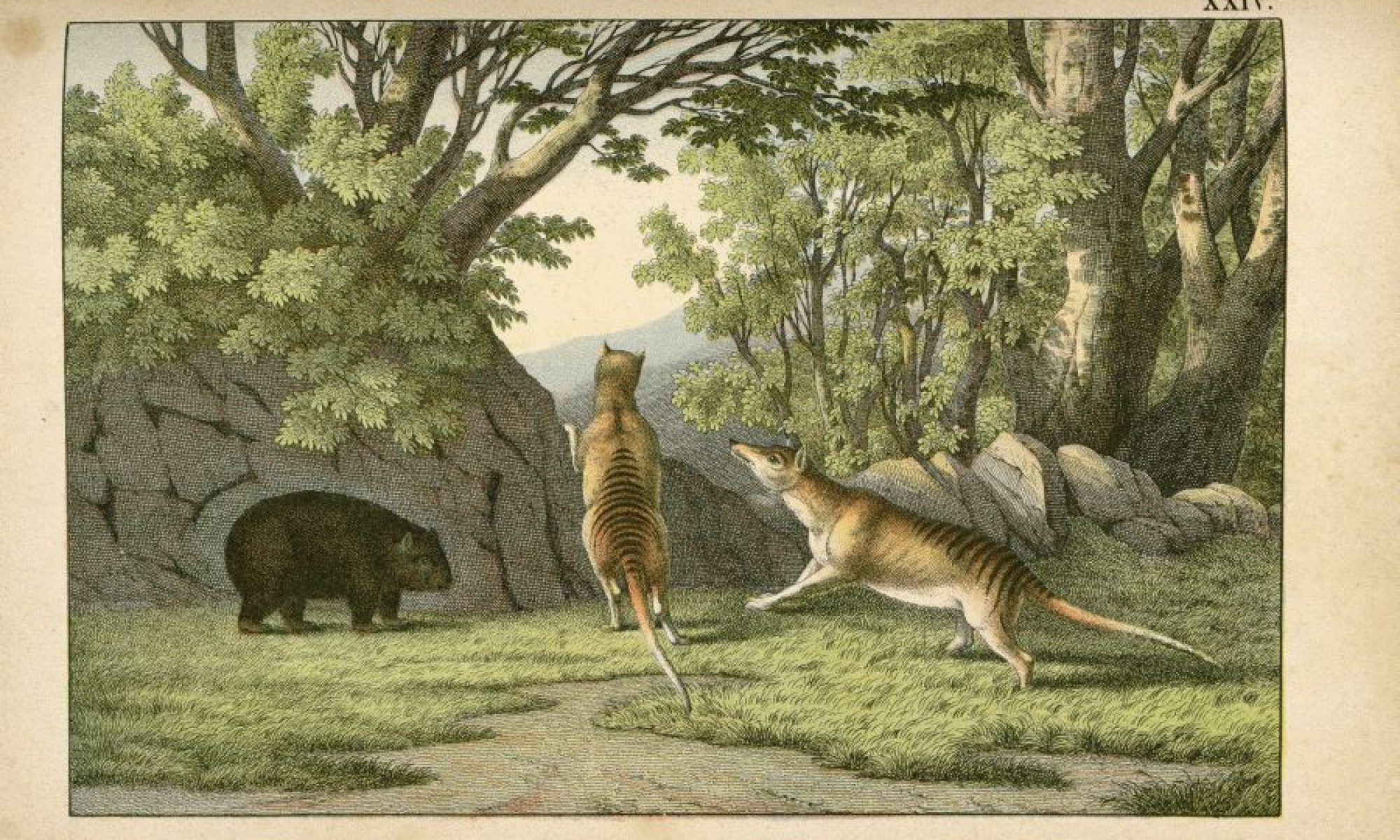Wednesday 22 November 6.30 pm
McKinnon Building, University of Wollongong
 Emma Kowal
Emma Kowal
Professor of Anthropology
Alfred Deakin Institute for Citizenship and Globalisation
AAHPSSS is pleased to announce that this year's Dyason Lecture will be presented by Emma Kowal, Professor of Anthropology in the Alfred Deakin Institute for Citizenship and Globalisation at Deakin University, Melbourne. Emma is a cultural and historical anthropologist who has previously worked as a medical doctor and public health researcher in Indigenous health. Her research interests include Indigenous-state relations and settler colonialism, racism and anti-racism, and science and technology studies. She has authored over 60 peer-reviewed publications including her monograph, Trapped in the Gap: Doing Good in Indigenous Australia. She has held visiting positions at Yale University, the University of California, Berkeley, the Max Planck Institute for the History of Science, Berlin, Nanjing University, China and the Universidade Federal de Santa Caterina, Brazil. She is an award-winning researcher and educator, receiving the 2014 Academy of the Social Sciences in Australia Paul Bourke Award for Early Career Research, a 2015 Thomson Reuters Women in Research Citation Award, and a 2013 National Citation for Outstanding Student Learning. Her current book project is entitled Haunting Biology: Science and Indigeneity in Australia.
Spencer’s double: The ghostly afterlife of a museum prop
In the mid-1990s, at the high point of postmodernism, staff at Museum Victoria planned the new Melbourne Museum. The Indigenous Gallery was a major focus at a time when Te Papa and the National Museum of the American Indian were forging new ways of organizing and displaying the Indigenous past. Named Bunjilaka (meaning the place of the ancestral eaglehawk, Bunjil), the permanent Indigenous exhibit was a bold expression of community consultation and reflexive museum practice. At the heart of the exhibit, and its most controversial part, was a life-size seated sculpture of Baldwin Spencer, anthropologist and co-author of The Native Tribes of Central Australia (1899). Under the curatorship of anthropologist John Morton, Spencer was placed in a glass case with a model of Varanus spenceri, the lizard named for him, at his feet.
When Bunjilaka was redeveloped in 2012 and replaced with a wholly Indigenous-designed and curated exhibit of Aboriginal Victoria, the giant glass case was dismantled and repurposed, but the sculpture was retained by museum staff. Initially sitting awkwardly on a trolley in a narrow room where objects were processed for accession, Spencer himself remained unrecorded in any database. With no official existence but considerable gravity, he ended up housed in the secret/sacred room, surrounded with restricted objects that Spencer the man had collected.
This paper will trace the history of the statue from postcolonial pedagogical tool to pseudo-sacred object. It asks: Why was Spencer retained and what might he mean to museum staff? Finally, I consider my own influence on Spencer’s fate as my recent enquiries have inadvertently amplified these questions within the museum.

